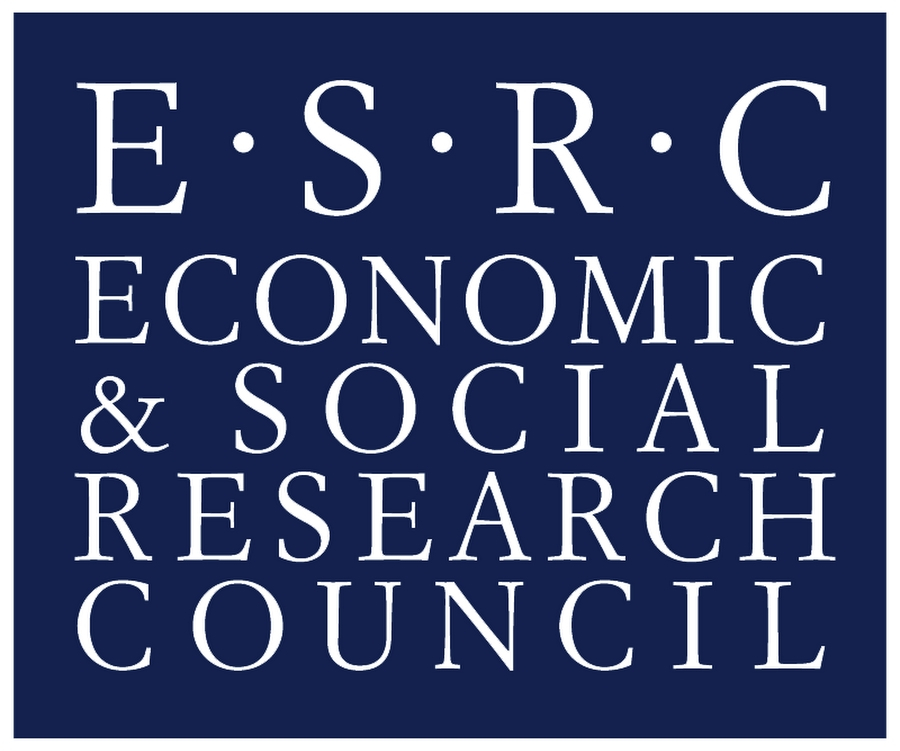
Most workers in pre-industrial Europe once pursued agricultural work. Later the economy shifted to manufacturing jobs and then to the service sector.
In short, economic activity can shift between sectors over time. And it can also shift within sectors and across subsectors within the same broad economic sector. In both cases, the process of change is generally referred to as structural transformation or structural change.
A new brief discusses in more depth the question of what is structural transformation. Can we measure it by simply dividing up the economy into big chunks or is a more differentiated approach needed that could also go beyond purely economic factors? How does structural change matter for development?
The brief notes that dominant ways of defining structural transformation have generated understandings based largely on sectoral shares of GDP and employment. Yet, as the brief discusses the broader set of structures related to the sources of growth, labour productivity, and international trade are as important in garnering a deeper understanding of structural transformation.
Writing more than 50 years ago Dudley Seers sought to identify how one might differentiate developed and developing nations. He associated developed nations by their structural characteristics. For example:
- by factors of production: a literate and mobile labour force who are mostly in employment; substantial quantities of skilled labour; most available land cultivated; all sectors heavily capitalized, with spare capacity; comprehensive transport and power systems.
- by sectors of the economy: agriculture wholly commercial; mining of limited size; manufacturing diversified and much larger than either agriculture or mining.
- by public finance: reliance on direct taxes; tax laws enforceable; big outlays on social security and agricultural subsidies.
- by foreign trade: exports that are sold to many countries with high price and income elasticities; imports largely of primary products and income elasticity of demand not high.
- by household consumption: very few people below subsistence level and a moderately equal distribution of income post-tax; food not the overwhelming majority of household expenditure.
Much has changed of course since Seers wrote. Industrialization used to mean vertically integrated national economic development to be realized in domestic industry building, but over time industrialization has come to mean horizontal integration into value chains and foreign direct investment.
Structural transformation still matters though. McMillan and Rodrik empirically show that the transfer of labour and other inputs to higher productivity activity is a driver of economic development as Arthur Lewis originally hypothesised. They note:
One of the earliest and most central insights of the literature on economic development is that development entails structural change. The countries that manage to pull out of poverty and get richer are those that are able to diversify away from agriculture and other traditional products. As labour and other resources move from agriculture into modern economic activities, overall productivity rises and incomes expand. The speed with which this structural transformation takes place is the key factor that differentiates successful countries from unsuccessful ones.
That said, they go on to note that structural transformation can be growth-enhancing or growth-reducing depending on the reallocation of labour. They show how structural transformation had been growth-enhancing in Asia because labour has transferred from low to higher productivity sectors. However, the converse is the case for sub-Saharan Africa and Latin America because labour has been transferred from higher to lower productivity sectors and this has reduced growth rates.
Others, such as Herrendorf et al. concur empirically with the argument that the sectoral composition of economic activity is key to understanding not only economic development but also business cycles and wage inequality.
Many of these may sound like old ideas but increasingly attention is returning to them because they matter for the future of employment growth, and understanding inequality and economic development.
Andy Sumner
Andy Sumner is a Reader in International Development in the Department of International Development, King’s College London. He is director of the ESRC Global Poverty & Inequality Dynamics (GPID) Research Network.
Related readings
| GPID brief 2 | Andy Sumner | What is Structural Transformation? |

